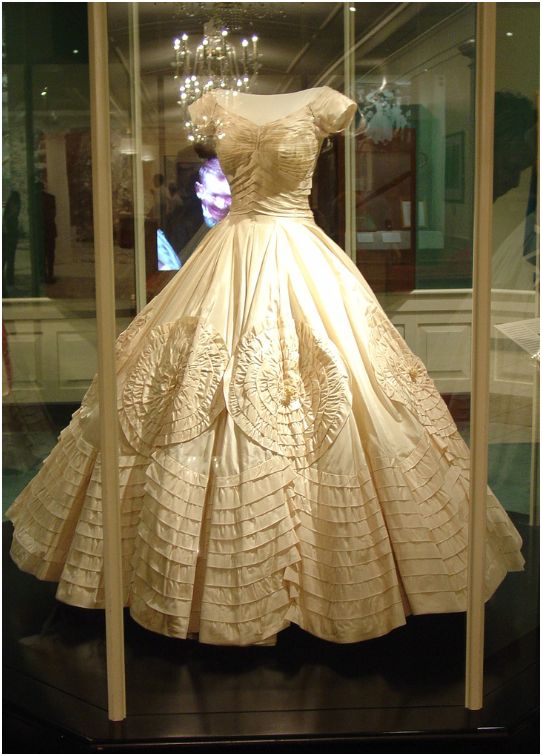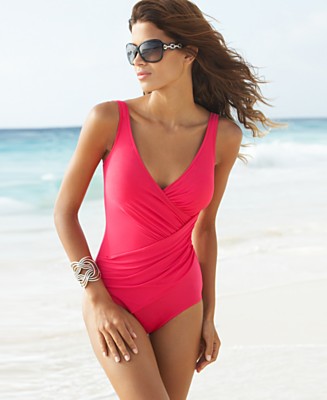 Most of us love to wear knitted fabrics that are so comfortable due to their perfect fit and stretchability. However, I am doubtful as to how much each of us know about the knitting process followed by the apparel manufacturing companies for making highly popular clothing such as sports wear, underwear, sweaters, suits, coats, rugs and other home furnishings.
Most of us love to wear knitted fabrics that are so comfortable due to their perfect fit and stretchability. However, I am doubtful as to how much each of us know about the knitting process followed by the apparel manufacturing companies for making highly popular clothing such as sports wear, underwear, sweaters, suits, coats, rugs and other home furnishings.Industrial Knitting
 Knitting is the second most popular method of fabric construction, after weaving. The complex knitting industry has two primary divisions, one of which manufactures knitted fabrics for garment manufacturers, sewing centers, consumers etc. and the other one produces completed apparels such as hosiery, sweaters, underwear etc.
Knitting is the second most popular method of fabric construction, after weaving. The complex knitting industry has two primary divisions, one of which manufactures knitted fabrics for garment manufacturers, sewing centers, consumers etc. and the other one produces completed apparels such as hosiery, sweaters, underwear etc.A knitted fabric is made with yarns formed into interlocking loops with the help of hooked needles. Crocheted fabrics are the simplest form of knitting where a chain of loops is constructed from a single thread with the help of a hook. When the interlocking loops run lengthwise, each row is called a wale identified with the direction of warp in woven fabrics. When the loops run across the fabric, each row is called a course which corresponds to the filling or weft in woven fabrics.
Apart from the number of stitches or loops per square inch in a knitted fabric, the needle quality also decide its properties. With varying thickness and length of needles the stitches will also get thicker and longer respectively. There are three types of needles that are mostly used for industrial knitting- the latch needle, spring-beard needle, and compound needle.
Types of Knitted Fabrics

Depending upon the wales and courses, there are two types of knitted fabrics
1.Weft knit fabric, where one continuous yarn forms courses across the fabric.
2.
3.Warp knit fabric, where a series of yarns form wales in the lengthwise direction of the fabric.
Weft Knitting has three basic stitches- Plain-knit stitch; Purl stitch; and Rib stitch. Any other stitch is a variation of these three stitches. basic stitches of hand knitting can be identified with weft knitting. When done on weft knitting machines, individual yarn is fed to a single or multiple needles at a time.
 In warp Knitting, each needle loops its own thread. The needles of warp knitting machines produce parallel rows of loops that are interlocked in a zigzag pattern. The stitches on the front side vertical with a slight angle. The stitches on the back are horizontal as floats at a slight angle. These floats are called laps or underlaps and are a distinguished features of warp knit fabrics. There are seven basic types of warp knitting- Tricot knit; Milanese knit; Simplex knit; Raschel knit; Ketten Raschel knit; Crochet and Weft-insertion warp.
In warp Knitting, each needle loops its own thread. The needles of warp knitting machines produce parallel rows of loops that are interlocked in a zigzag pattern. The stitches on the front side vertical with a slight angle. The stitches on the back are horizontal as floats at a slight angle. These floats are called laps or underlaps and are a distinguished features of warp knit fabrics. There are seven basic types of warp knitting- Tricot knit; Milanese knit; Simplex knit; Raschel knit; Ketten Raschel knit; Crochet and Weft-insertion warp.Warp knit fabrics are smooth, sheer, wrinkle resistant, shrink strength and abrasion resistant as such they are very popular with the masses. Warp knit fabrics are considered better than the weft knit fabrics as these fabrics do not ravel easily, are less prone to sagging and have superior dimensional ability.













































